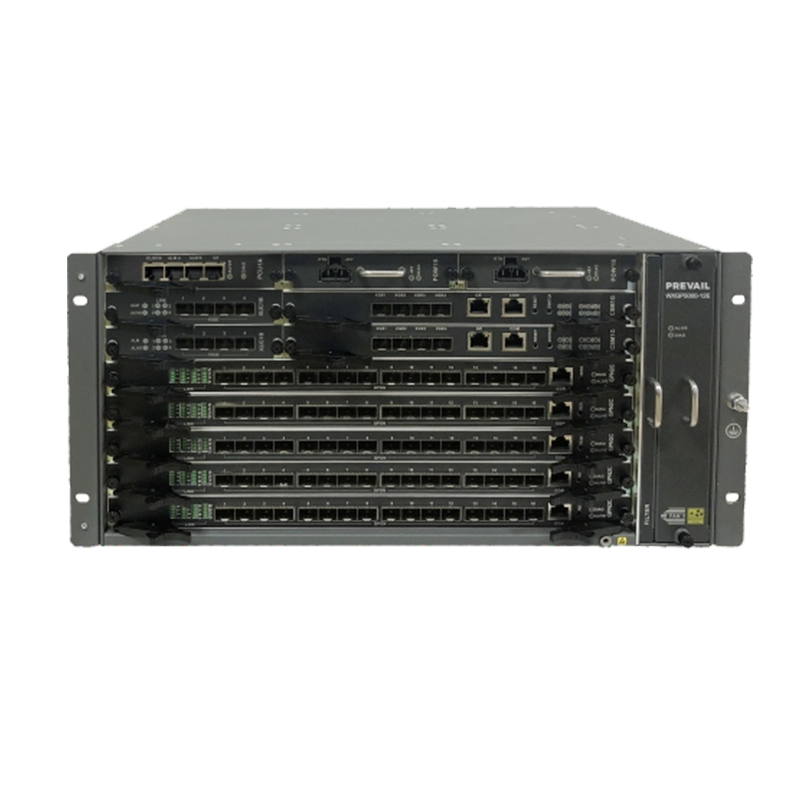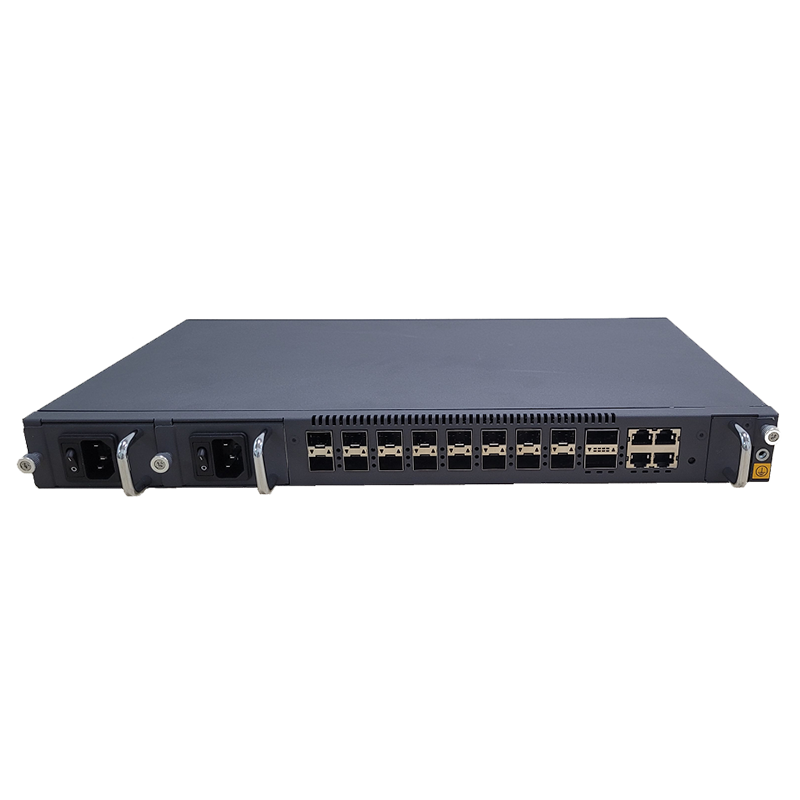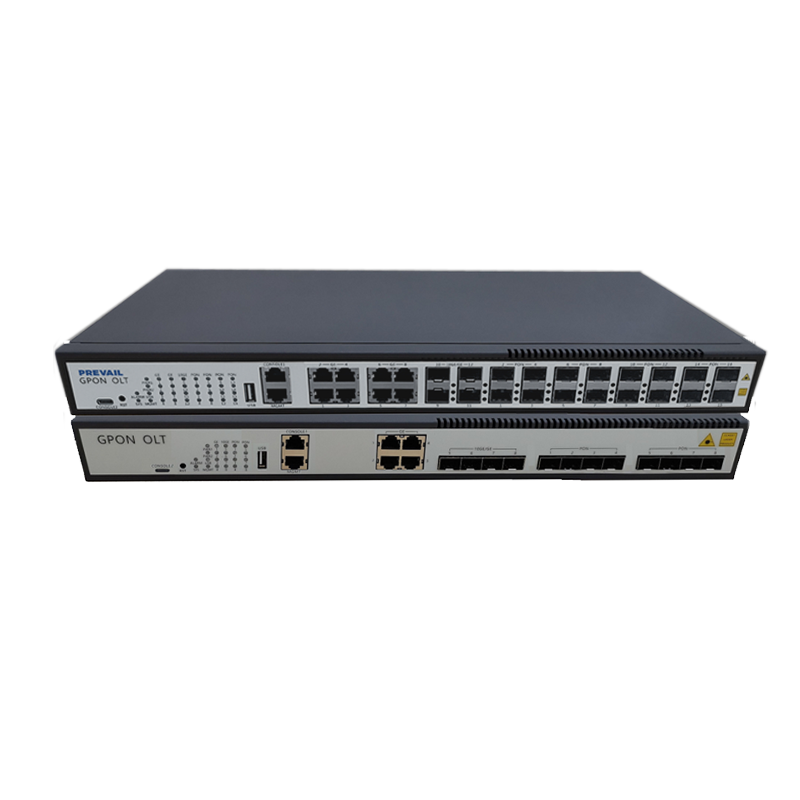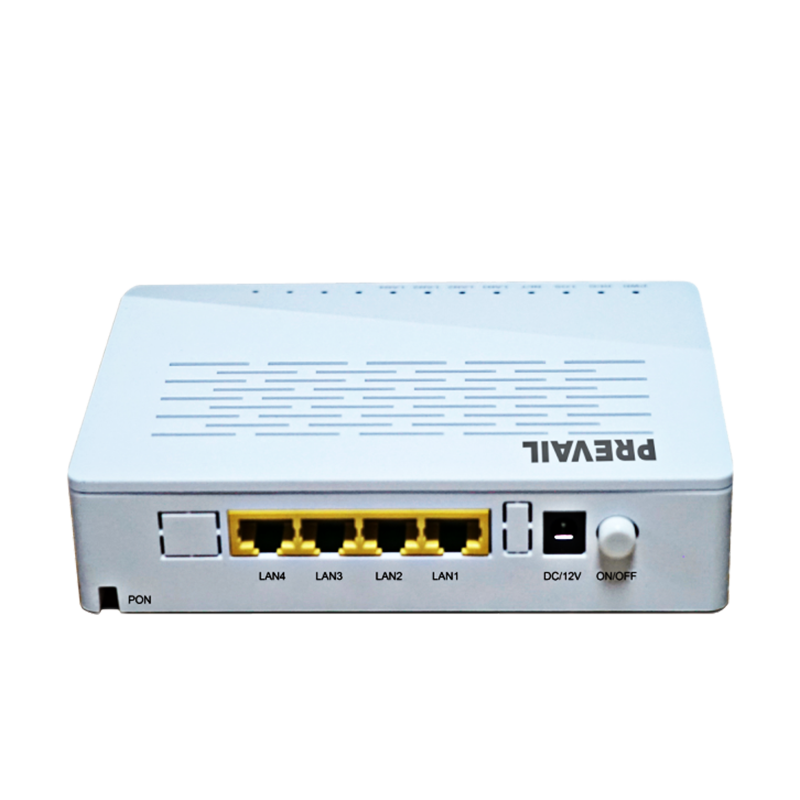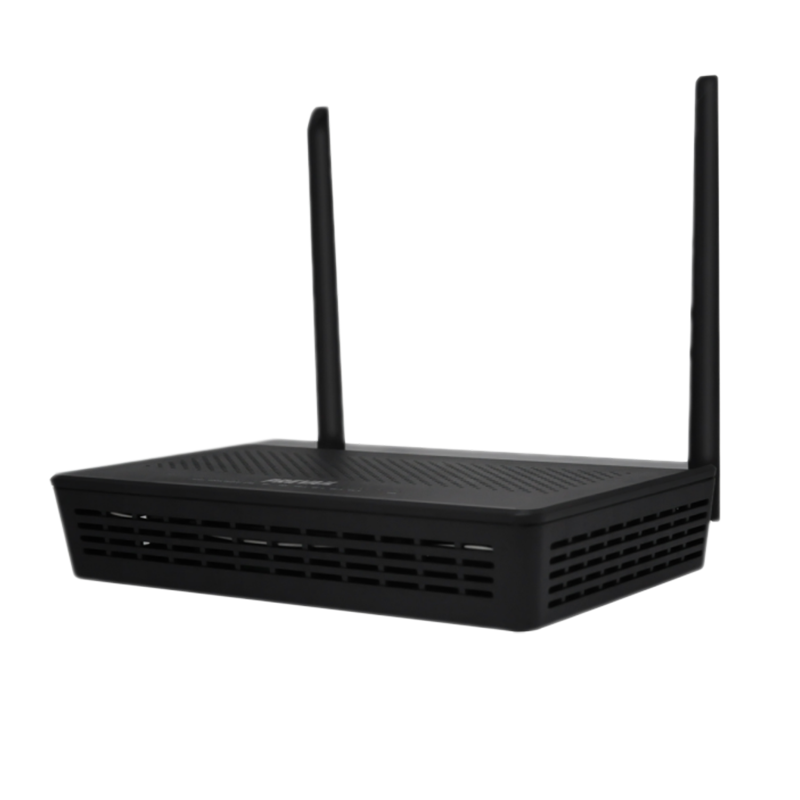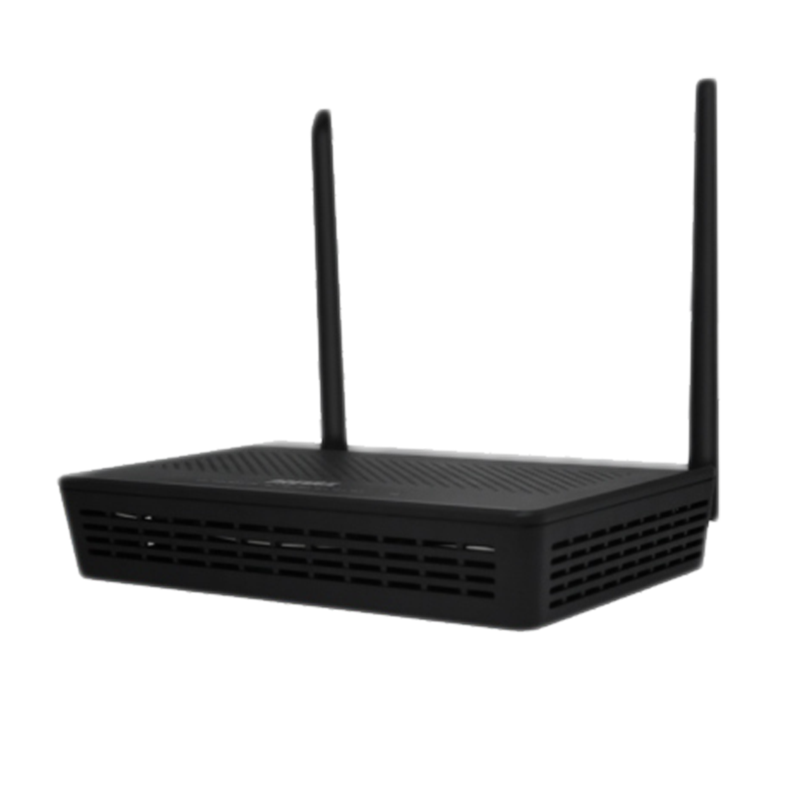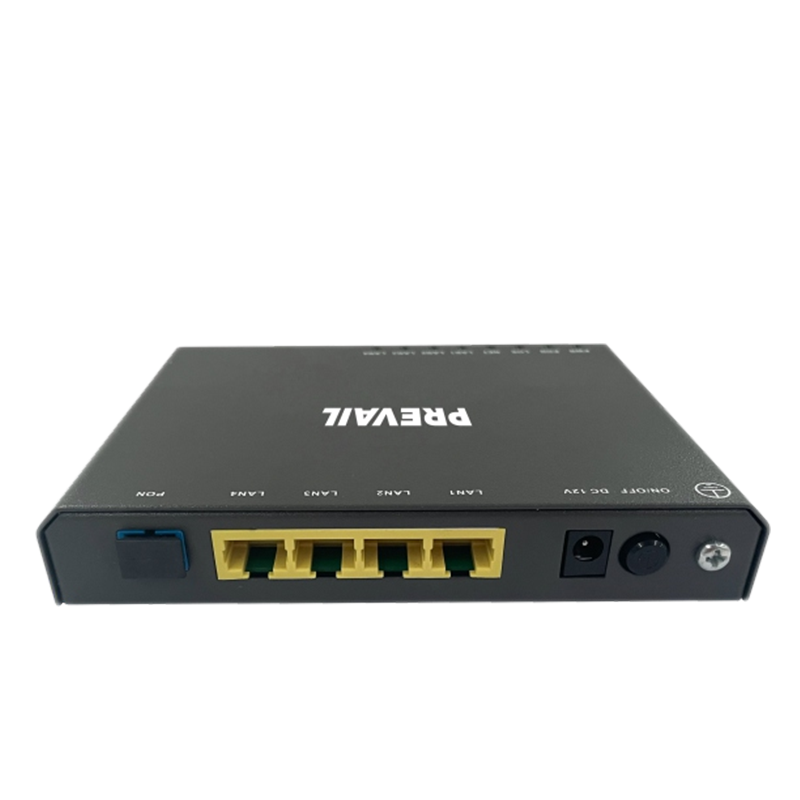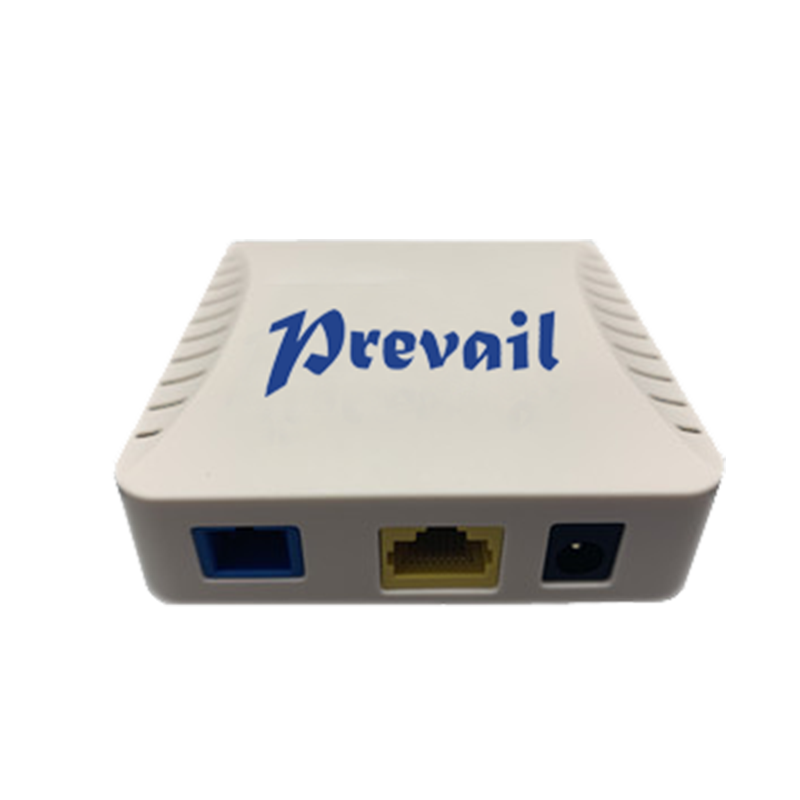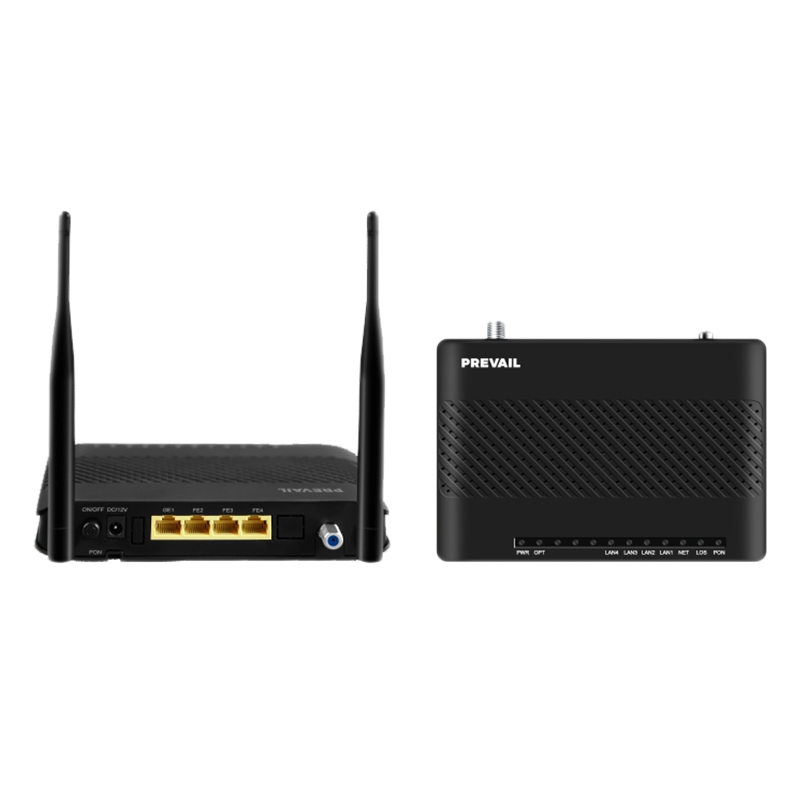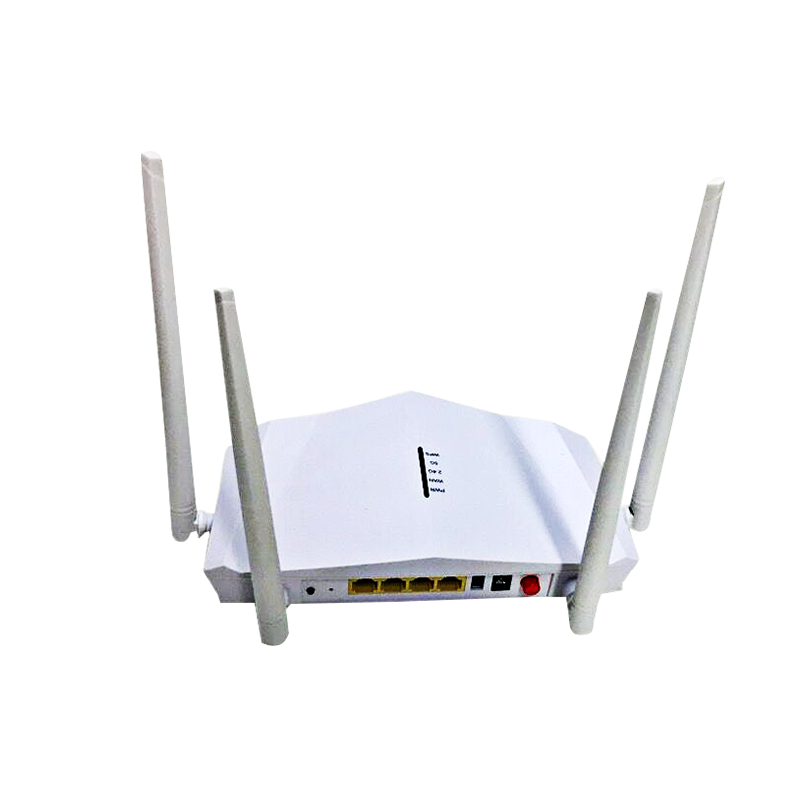How can I optimize the performance of my Data Broadband Access Equipment?
Optimizing the performance of your data broadband access equipment involves several steps to ensure a reliable and fast internet connection. Here are some tips to help you optimize your broadband equipment:
Upgrade Your Equipment:
Choose High-Quality Devices: Invest in quality modems, routers, and networking equipment that support the latest standards and technologies.
Upgrade to the Latest Standards: Consider upgrading to devices that support newer Wi-Fi standards (e.g., Wi-Fi 6) for improved speed, range, and efficiency.
Optimize Network Configuration:
Optimal Channel Selection: Use a Wi-Fi analyzer tool to identify the least congested Wi-Fi channels and switch to them for better performance.Dual-Band or Tri-Band Setup: Utilize both 2.4 GHz and 5 GHz bands for better coverage and reduced interference.
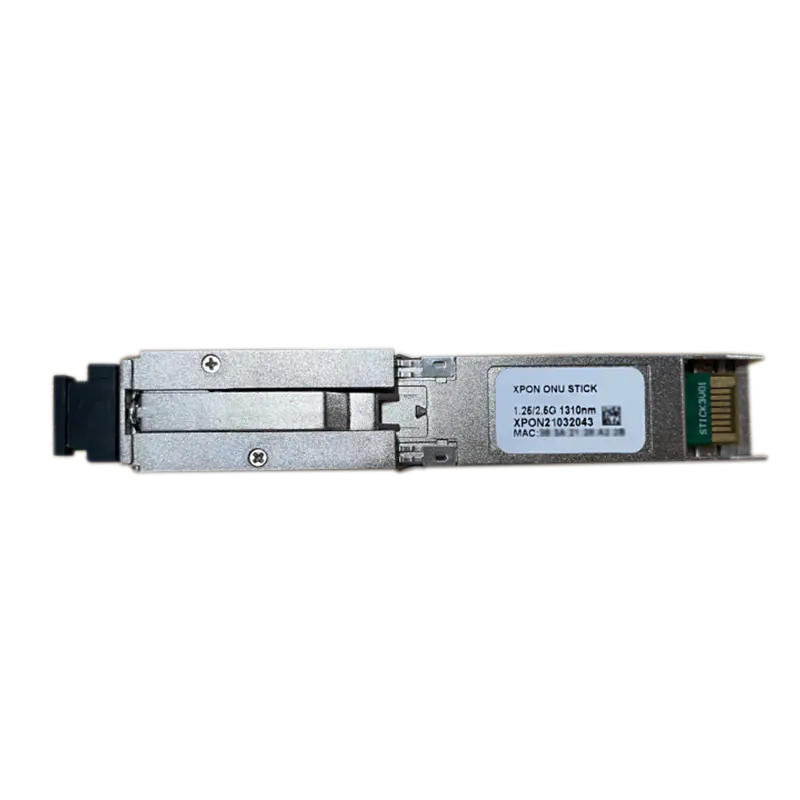
Enable QoS (Quality of Service): Prioritize bandwidth for critical applications such as gaming or video streaming to ensure a smoother experience.
Improve Signal Strength and Coverage:
Optimal Router Placement: Position the router in a central location away from obstructions and interference sources for better coverage.
Extend Coverage with Mesh Systems: Use mesh Wi-Fi systems to extend coverage throughout your home, eliminating dead zones and ensuring consistent performance.
Secure Your Network:
Change Default Passwords: Secure your router by changing the default login credentials to prevent unauthorized access.
Enable WPA3 or WPA2 Encryption: Use strong encryption to protect your network from unauthorized access and ensure data security.
Update Firmware Regularly:
Check for Updates: Regularly check for firmware updates for your modem and router and install them to ensure optimal performance and security.
Manage Connected Devices:
Limit Concurrent Connections: Reduce the number of connected devices to your network to ensure each device receives adequate bandwidth.
Manage Bandwidth-Hungry Devices: Use Quality of Service (QoS) settings to prioritize bandwidth for critical devices or applications.
Minimize Interference:
Avoid Interference Sources: Keep electronic devices such as microwaves and cordless phones away from your router to minimize interference.
Optimize Channel Selection: Use a less congested Wi-Fi channel to avoid interference from neighboring networks.
Monitor and Troubleshoot:
Use Network Monitoring Tools: Monitor your network performance using built-in or third-party network monitoring tools to identify and troubleshoot issues.
Regularly Reboot Equipment: Reboot your modem and router periodically to clear memory and resolve any performance issues.
Consider Wired Connections:
Use Ethernet Cables: For devices that require a stable and high-speed connection, consider using Ethernet cables instead of Wi-Fi for optimal performance.
Optimize Router Settings:
Adjust Wi-Fi Settings: Fine-tune Wi-Fi settings such as channel width, transmission power, and beamforming to optimize performance.
Disable Unused Features: Turn off unnecessary features such as guest networks or WPS (Wi-Fi Protected Setup) to minimize network overhead.
By following these optimization tips, you can maximize the performance of your data broadband access equipment and enjoy a fast, reliable, and secure internet connection throughout your home.





